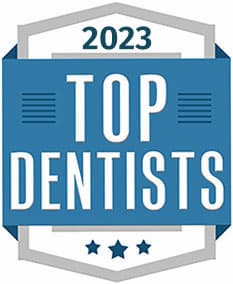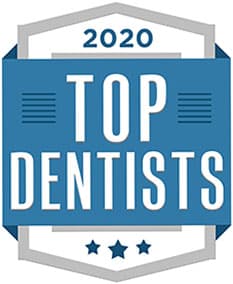Everyone knows that tooth decay is bad. Tooth decay can cause bad breath, teeth that are painful or falling apart, unsightly colors and marks on teeth, and may even cause other problems like gingivitis, or worse. But what exactly is tooth decay, and what causes tooth decay to occur?
The truth about tooth decay
You may be thinking “sugar causes tooth decay”, which is what dentists have probably told you throughout your life. While this is not untrue, it’s a little more complex than just the short answer of “reduce your sugar intake to prevent tooth decay.” In reality, tooth decay happens through a few steps.
Step 1: Sugar, starch, or other components enter the mouth
When you eat or drink, you are putting sugars, starches, and other substances into your mouth, which end up on your tongue, gums, and teeth. This is the beginning of what can possibly end up as tooth decay.
Step 2: Saliva breaks down the sugars, starches, and more
Your saliva is the very first part of your digestive system, and breaking down food for absorption by your body begins in your mouth. Leftover sugars, starches, and otherwise can still end up in your mouth and teeth long after you’ve swallowed your food and drink, however. These leftover food and drink components continue to be broken down by your saliva, and when mixed together cause what is called plaque.
Step 3: Good bacteria break down food and drink components
From here, the bacteria in your body try to make use of what you’ve put in your mouth. Bacteria begins to break down the leftover food and drink in your mouth. While breaking those things down, bacteria leaves a byproduct made of acid in your mouth and on your teeth. Plaque build up, if not removed, can stay on your teeth indefinitely.
Step 4: Acid in the mouth destroys enamel on your teeth
While your tongue, lips, cheeks, and gums may have regenerative cells that replace themselves when damaged, your teeth do not. Acid in plaque and left over on your teeth can cause enamel to begin to dissolve. These newly formed pockets and rough spots can collect even more acid, which begins to burrow into the enamel of your teeth, and later into the softer middle portion called dentin. Cavities can become more severe, cause pain, and may even cause you to lose the tooth.
The easiest and most effective way to prevent tooth decay is by having a good oral hygiene routine of brushing and flossing that you stick to and perform at least two times a day. It’s also important to routinely visit your dentist for a cleaning to ensure hard to reach areas are cleaned, and tartar (a calcified version of plaque) are removed.
Is it time to schedule your dental cleaning appointment? Contact us today!






